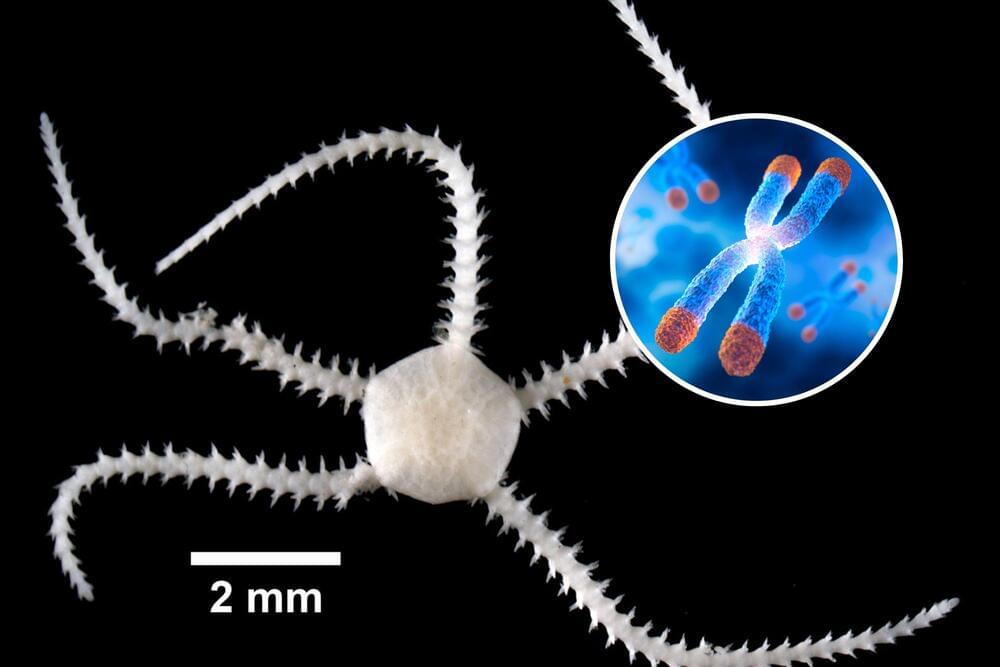This is because the species undergoes a process called polyploidization, which is when a single chromosome is duplicated multiple times.
“It has amazing genetic diversity,” study co-author Tim O’Hara, a senior marine curator at Museums Victoria in Australia, told Newsweek.
“Instead of evolving into separate species over time, lineages readily hybridize with each other, so building up a great amount of genetic diversity. But not only that, they sometimes add their genomes together, so end up with four or more copies of each gene,” O’Hara said.
